I often get asked questions about using a polarising filter, so I thought I would publish my thoughts and knowledge on using one.
What Is a Polarising Filter?
First of all, let me make this clear, a polarising filter should be in every photographer’s bag. They can increase contrast, increase colour saturation, reduce unwanted reflections and glare in almost any outdoor photograph. Most famously, they are known for darkening and enriching blue skies.
These two images show the effect of a polarising filter. The photos were shot a couple of seconds apart and were handheld. The image has moved slightly because I had to remove the filter from the lens to take the second shot. They have both been edited from RAW in Lightroom only with identical settings.


Buying a Polarising Filter
One of the questions I often get asked is, “Is it worthwhile buying a polarising filter?”. The easy and constant answer to this question is, “Yes”.
The effect produced by a polarising filter is one that cannot be recreated in post-production software. Note, I did not say “cannot easily be recreated” – I said, “cannot be recreated”. Despite what a lot of expensive third-party plugins may claim, you cannot recreate the effect in post-production. Honestly!
I am aware of the YouTube video from Tony Northrup where he claims you CAN recreate the effect of a polarising filter (polarizing in America) in post-production. He also makes an argument that you shouldn’t use a polarising filter anyway because they are unnatural and spoil the look of photographs. Now, Tony and Chelsea’s channel on YouTube is an excellent channel, with over half a million subscribers, but I have to disagree with him on this one.
Anyway, back to buying a polarising filter. Polarising filters come in two varieties; linear and circular. Always, always buy the circular variety. The old linear variety is obsolete and of no use with autofocus lenses. I doubt you’d still be able to buy a linear variety, but I mention this just on the off chance. Also, the old saying about getting what you pay for is very real in this instance. Often in photography, it’s not true, and snobbery takes over when people boast about what kit and accessories they own. But, when buying a polarising filter, or any filter, it is true. Don’t stick a cheap piece of glass in front of an expensive and highly technical lens and expect to produce sharp images. I would always recommend that you buy a multi-coated filter from one of the established filter manufacturers: B+W; Hoya; Tiffen or NiSi for example.
[the_ad id=”23509″]
Using a Polarising Filter
I was halfway through a paragraph of instructions on this when I decided there was already a tonne of information out there on using a polarising filter. So, I deleted it and decided not to wrestle with the overly complicated instructions for something that is quite easy.
My instructions are – buy one, screw it on your lens and practice with it. No harm will be done, and it’s a great way to learn. Additionally, and here is the advert, using these filters effectively and properly is something that we teach extensively on our Tuscany workshops and One 2 One training sessions. A shameful advert I know, but it is easier to show their use during a practical training session.
Conclusion
If you already own a polarising filter, well done! If you don’t, buy one!

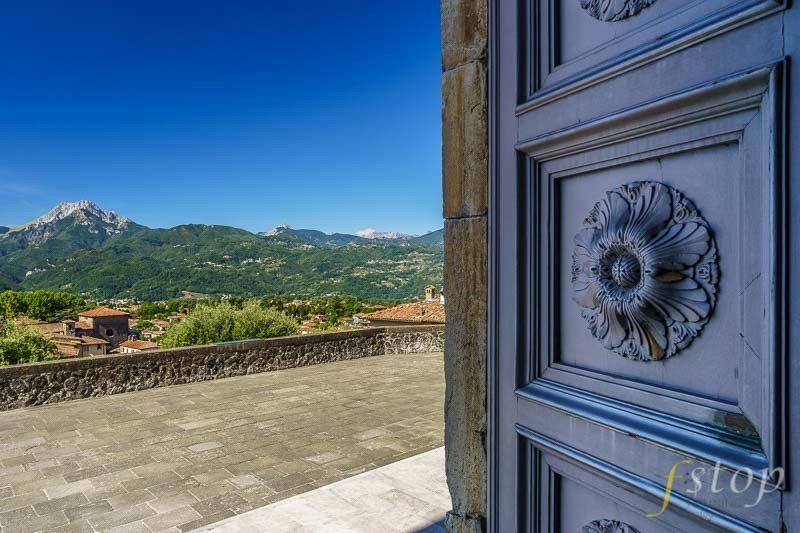
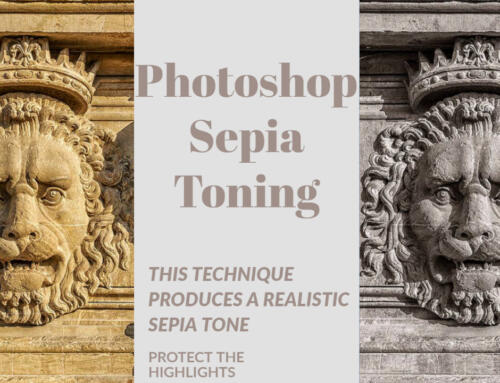
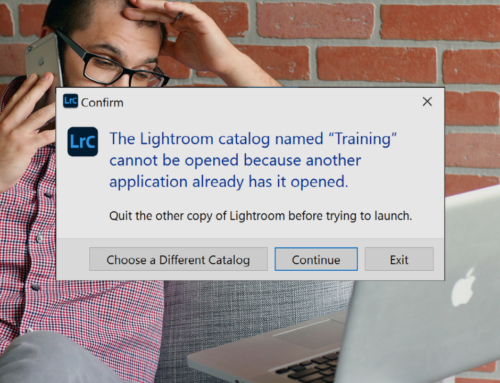
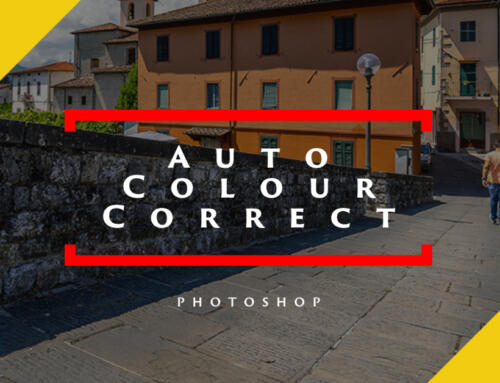

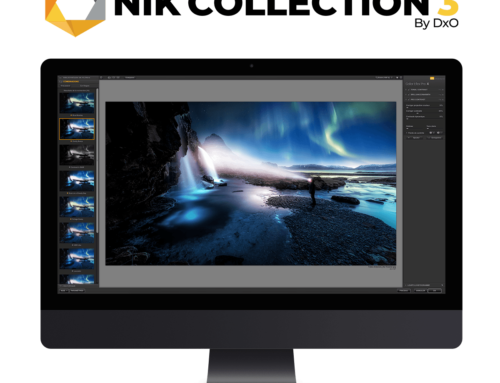

Leave A Comment